Have you ever thought you knew pretty much everything there was to know about Italy—its delicious cuisine, its breathtaking landscapes, and its rich history? Well, hold onto your hats, because I’ve dug deep into Italy’s treasure chest of trivia to bring you 10 weird facts that might just make you see this enigmatic country in a whole new light.
In my quest to uncover these hidden gems, I talked to locals, combed through obscure historical texts, and even checked out some of those tucked-away museums most tourists never find. It wasn’t easy. Each fact is like a puzzle piece, offering a unique view of Italy’s culture, past, and even its quirks. Let’s just say, Italy is an endless source of surprises, and these facts are proof of just how captivating it can be.

Starting this adventure, I quickly realized that Italy is not just the sum of its commonly known attributes. Sure, the Colosseum and pizza Napoletana are iconic, but there’s so much more beneath the surface. For instance, ever heard about the fountain where wine pours for free 24/7? Intrigued? You should be. This article is your ticket to discovering the Italy that rarely makes it into guidebooks but is all the more fascinating.
Join me as we embark on this intriguing journey to uncover the lesser-known facets of Italian life. We promise to keep it simple, engaging, and enlightening, while revealing the peculiar, the unexpected, and the outright strange. Whether you’re an Italophile or just naturally curious, these facts are bound to surprise, delight, and maybe even challenge what you thought you knew about Italy. Let’s start!
10 Weird Facts About Italy
1. The Pantheon Boasts the World’s Largest Unreinforced Concrete Dome
The Pantheon in Rome isn’t just any ancient structure; it’s home to a marvel of engineering still unmatched today: the world’s largest unreinforced concrete dome. Imagine a dome spanning 142 feet in diameter, standing for nearly two millennia without the aid of modern construction materials. It’s a testament to the ingenuity of ancient Roman architects and engineers.
What makes this fact even more intriguing is how the dome remains intact without reinforcement, a feature that modern engineers still find fascinating. The secret lies in the quality of Roman concrete and the clever use of gradually lighter materials as the dome ascends.
This architectural feat not only showcases the advanced technology of ancient Rome but also leaves us wondering about the full extent of their knowledge and skills. It’s a piece of history that directly connects us to the past, highlighting the creativity and durability of human construction. Surely, the Pantheon’s dome stands as a weird yet awe-inspiring testament to the legacy of a civilization that continues to influence the world today.
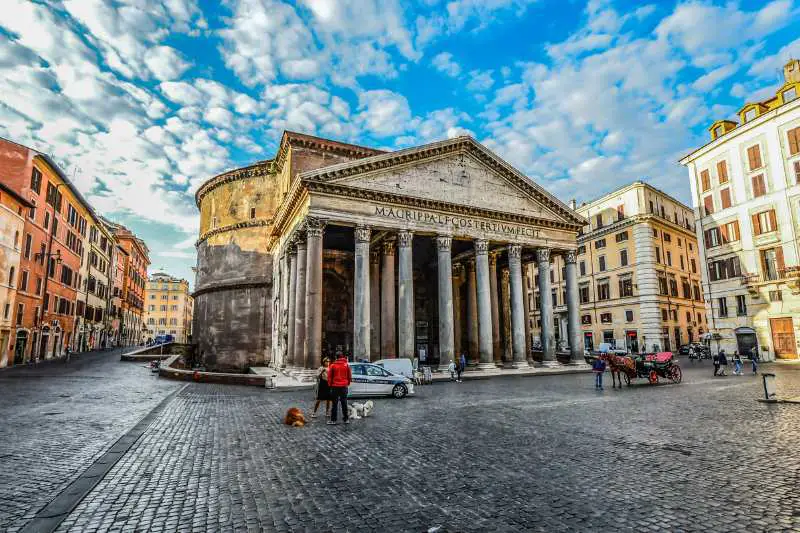
2. The Traditional Italian Espresso Machine Pioneered Global Coffee Culture
Discovering that the traditional Italian espresso machine pioneered global coffee culture might surprise you or it may not given the deep love of coffee in Italy. This invention wasn’t just about brewing a cup of coffee. It revolutionized how the world enjoys its daily caffeine fix.
The Italian espresso machine introduced the concept of high pressure and precise temperature control. This method extracts rich flavors and aromatic oils from coffee beans more effectively than any prior technique. Consequently, it didn’t just improve the taste; it transformed coffee into an art form.
As you walk into coffee shops around the globe, remember that each sip of espresso owes a nod to Italian innovation. This pivotal invention did more than shape Italy’s coffee culture; it laid the groundwork for the global coffee phenomenon we relish today. It’s a testament to how a single piece of equipment from Italy has influenced countless mornings and moments worldwide.
3. Italy Encompasses Two Entirely Sovereign States: Vatican City and San Marino
Italy is unique in a way few countries are, hosting two entirely sovereign states within its borders: Vatican City and San Marino. Why does this fascinating situation exist?
Vatican City, the heart of the Roman Catholic Church, gained its independence through the Lateran Treaty in 1929, creating a sovereign city-state governed by the Pope. It’s the spiritual and administrative hub for millions of Catholics worldwide.
Meanwhile, San Marino boasts of being one of the world’s oldest republics, with its independence dating back to A.D. 301. Nestled in Italy’s mountains, it has maintained its sovereignty through centuries of tumultuous European history.
This intriguing arrangement highlights Italy’s rich tapestry of history, culture, and diplomacy, making it a truly unique country on the global stage.
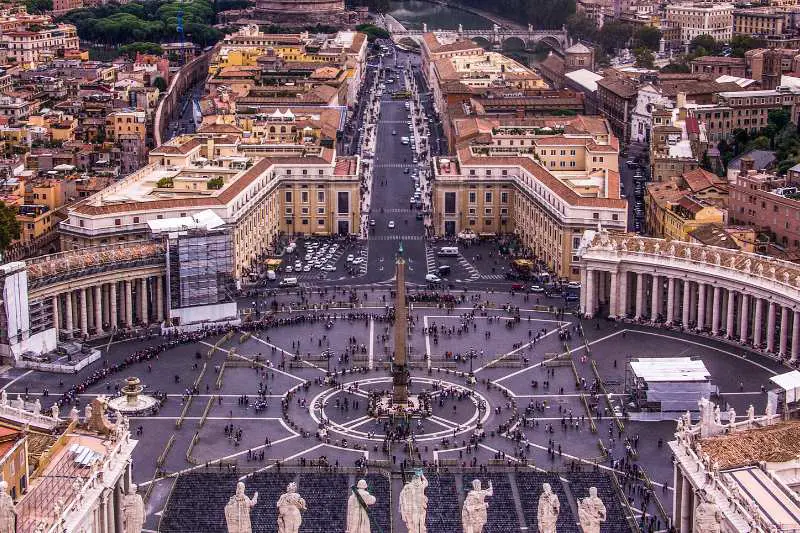
4. Stromboli Island is Home to an Active Volcano and a Living Community
Stromboli Island, part of Italy’s Aeolian archipelago, is unique because it houses both an active volcano and a thriving community. This fact seems almost otherworldly when you consider the island’s constant volcanic activity, known as “Strombolian eruptions.” These eruptions are famed for their spectacular fireworks-like explosions, emitting lava, ash, and gases.
Living in the shadow of such a force of nature, the residents of Stromboli have adapted to coexist with the volcano. Their life is a testament to human resilience and the ability to find harmony even in potentially perilous circumstances.
This blend of natural wonder and human settlement makes Stromboli a truly weird and fascinating aspect of Italy. The island not only offers scientists a window into volcanic activity but also captivates visitors with its stark beauty and the unique lifestyle of its inhabitants.
5. Italy Has More UNESCO World Heritage Sites Than Any Other Country in the World
Italy boasts an unmatched cultural and historical legacy, making it the country with the most UNESCO World Heritage Sites in the world. This fact isn’t just a title; it reflects the deep-rooted heritage and unparalleled contributions to art, history, and science that Italy has offered over centuries.
Each site, from the awe-inspiring Colosseum in Rome to the captivating canals of Venice, tells a unique story of mankind’s achievements and nature’s marvels. Italy’s landscape is a mosaic of ancient ruins, Renaissance art, and architectural masterpieces, preserving the echo of genius minds like Leonardo da Vinci and Michelangelo.
It’s this rich tapestry of cultural treasures that has earned Italy its exceptional rank among nations. UNESCO’s recognition serves as a testament to Italy’s enduring legacy to the world, immortalizing its place in the annals of global heritage. So, when you wonder why Italy has more UNESCO tags than any other country, remember—it’s a celebration of a remarkable journey through time.
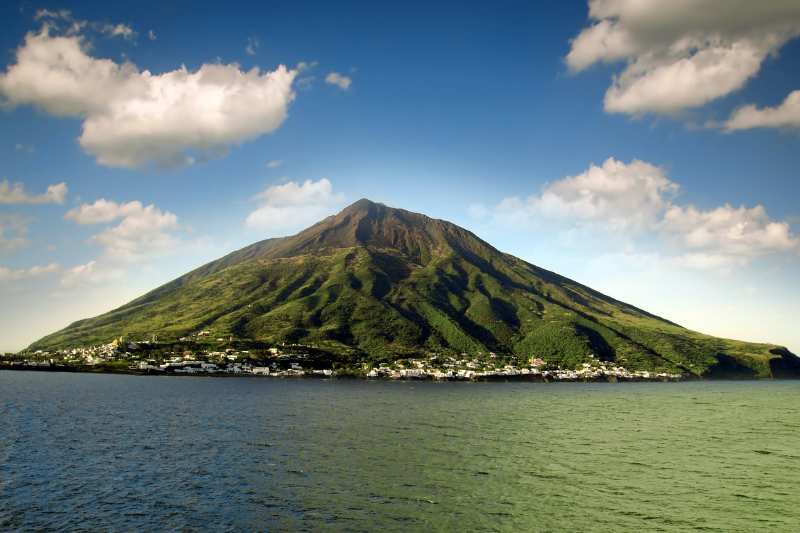
6. Italy Hosts an Annual Orange-Throwing Battle Festival
One of the weirdest yet fascinating facts about Italy is its annual Orange-Throwing Battle Festival. Imagine a scene where thousands gather, armed not with weapons, but with oranges. This event, held in the city of Ivrea, is more than just a quirky tradition; it’s a reenactment of a medieval rebellion.
Participants divide into teams, representing different historical factions, and the air fills with flying oranges. Although it might sound like pure chaos, there’s strategy and camaraderie involved. Streets turn orange, not just from the fruit, but from the vibrant energy of a community celebrating freedom and rebellion.
This bizarre festival not only highlights Italy’s rich history but also showcases the unique way Italians keep their traditions alive. It’s a perfect example of how historical events can evolve into something both entertaining and meaningful, connecting the past with the present in the most unusual way.
7. Caldari di Ortona is Famous for Its Fountain That Pours Free Wine 24/7
Italy, a country known for its rich history and culture, also harbors some fascinatingly quirky attributes. One of these unique features is the Caldari di Ortona, renowned for its extraordinary fountain. Picture this: a fountain that dispenses free wine, round-the-clock.
Located in the Abruzzo region, this isn’t your typical water fountain. Instead, it pours local red wine, available to both pilgrims and tourists. Imagine the delight of stumbling upon such a wonder after a day of exploring!
This initiative, aimed at promoting the local wine culture and providing a warm welcome to visitors, underscores Italy’s deep-rooted love for wine and hospitality. It’s a testament to the country’s commitment to celebrating its traditions in the most inviting ways possible. Who wouldn’t want to toast to that?
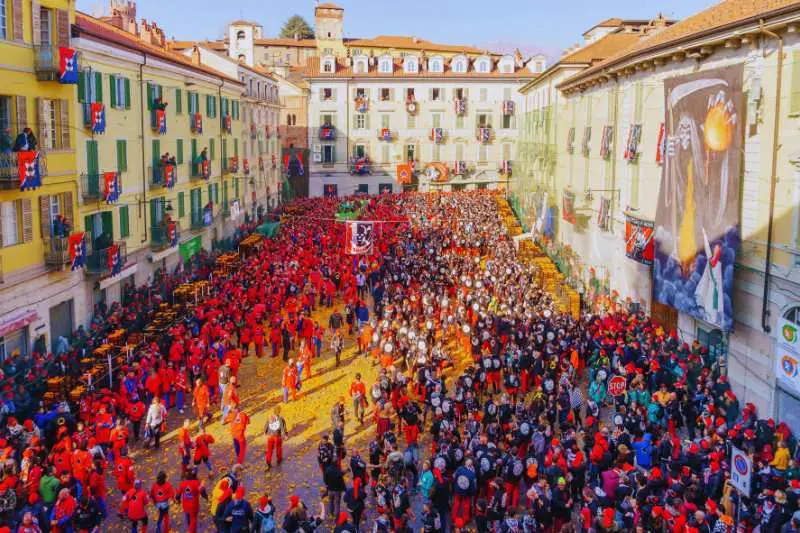
8. The World’s Smallest Army Guards Vatican City
One of the most intriguing facts about Italy actually concerns the tiny, independent Vatican City nestled within Rome. You might not know it, but the world’s smallest army, the Swiss Guard, protects this spiritual nucleus. Comprised of just over 100 soldiers, their vibrantly striped Renaissance-style uniforms might look ceremonial, but their duty is profoundly real.
Charged with the safety of the Pope and the Apostolic Palace, their presence is a fascinating blend of tradition and military precision dating back to the 16th century. This unique juxtaposition of an ancient, visually striking force undertaking modern security tasks in one of the holiest places on Earth makes the Swiss Guard’s role in Vatican City a peculiar yet compelling tidbit about Italy.
Their existence underscores the diverse and layered tapestry that Italy’s history presents, blending the sacred with the ceremonial in ways that continue to captivate the world.
9. The Leaning Tower of Pisa Was Never Meant to Lean
Surprisingly, the Leaning Tower of Pisa was never intended to lean. Originally designed as a freestanding bell tower for the Cathedral of Pisa, its foundation was laid in the 12th century on unstable soil. This unforeseen error in judgment led to its iconic tilt.
Remarkably, this tilt, unintended by its architects, has turned the tower into a worldwide attraction. You might think of it as an architectural mistake, but it’s a splendid example of how flaws can morph into beauty and fascination. Over the years, efforts have been made to stabilize it, ensuring it leans safely, continuing to captivate visitors from across the globe.
This twist of fate makes the Leaning Tower of Pisa an extraordinary case of architectural serendipity, transforming what could have been considered a failing into one of Italy’s most beloved landmarks.
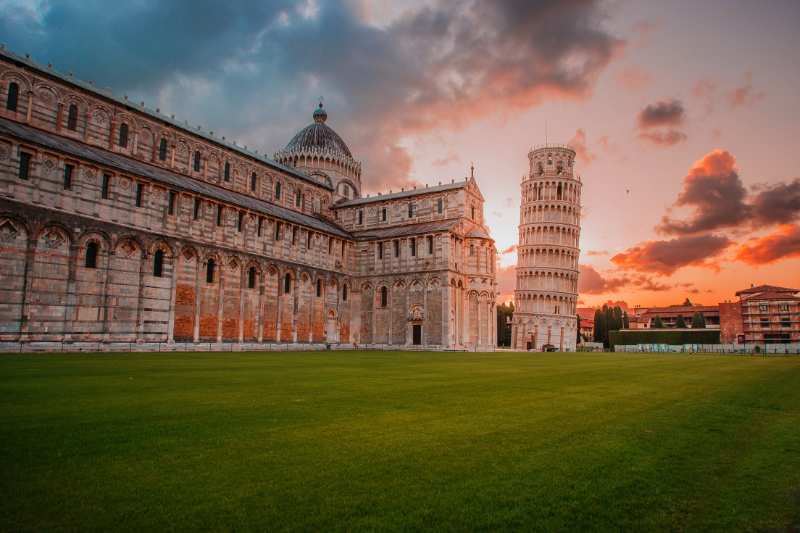
10. Many Italian Surnames Are Derived From Medieval Occupations or Characteristics
Did you know that many Italian surnames are not just random assortments of letters, but have actual meanings rooted in medieval times? This intriguing facet of Italian culture ties names to occupations or personal characteristics predating even your grandparents’ grandparents.
Imagine being named after your ancestor’s job or a notable trait. A person named “Ferraro” comes from a lineage of blacksmiths, whereas “Conti” suggests a connection to counts or noble individuals. This tradition paints a vivid picture of a bygone era, where what you did or how you were perceived could forever influence your family’s identity.
This phenomenon isn’t just a cool fact; it’s a bridge to the past. Each surname holds stories of livelihoods and reputations, offering a glimpse into the societal structure of medieval Italy. So next time you meet an Italian, their name might just reveal a fascinating tale from centuries ago.
Italy’s collection of weird facts serves to underline the country’s rich tapestry of history, culture, and idiosyncratic charm. From the depths of ancient traditions to the quirks of modern living, these oddities are a testament to the unique character of the Italian peninsula, inviting curiosity and wonder in equal measure.
As we explore these unusual facets, Italy emerges not just as a place of breathtaking landscapes and monumental art, but as a living, breathing entity full of surprises, ready to reveal its secrets to those eager to look beyond the surface. These facts not only entertain but also enrich our understanding of what it means to be part of this vibrant and endlessly fascinating country.
Want to learn more about Italy? Read what you should never do in Italy here or click here for things you must know about Italy before you go. You can also find all our planning guides to Italy here and why you must visit Italy next here.
